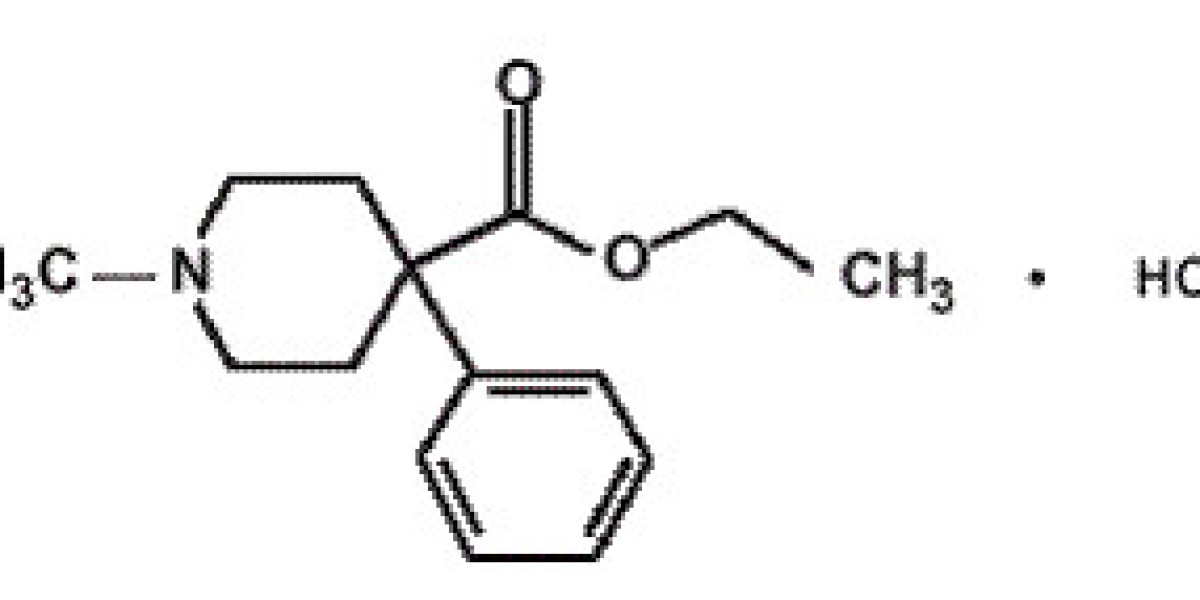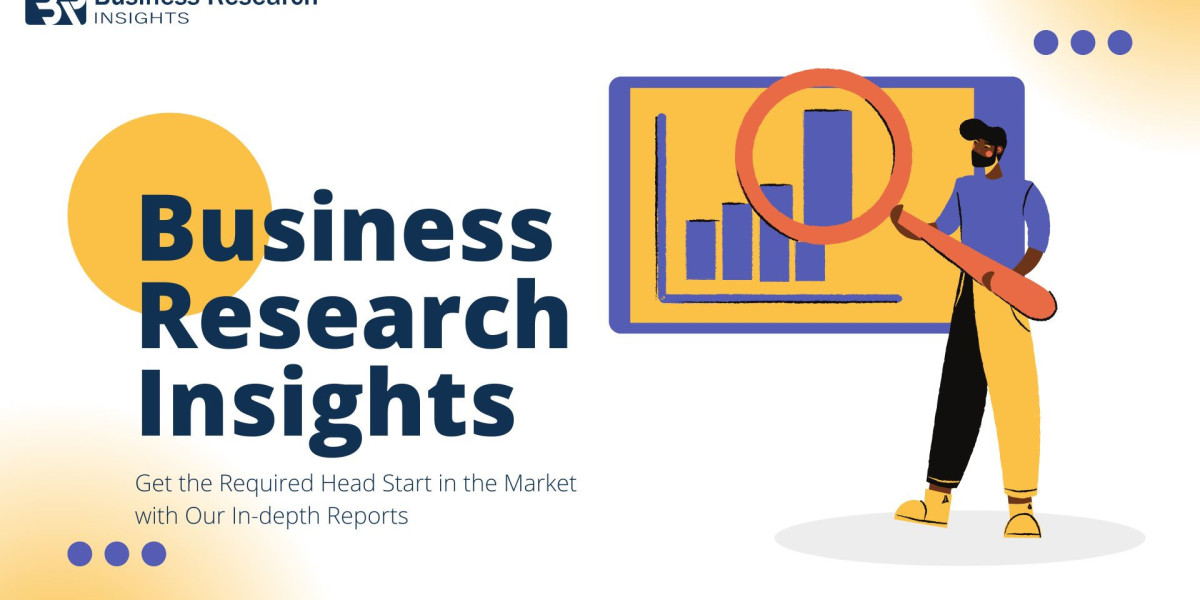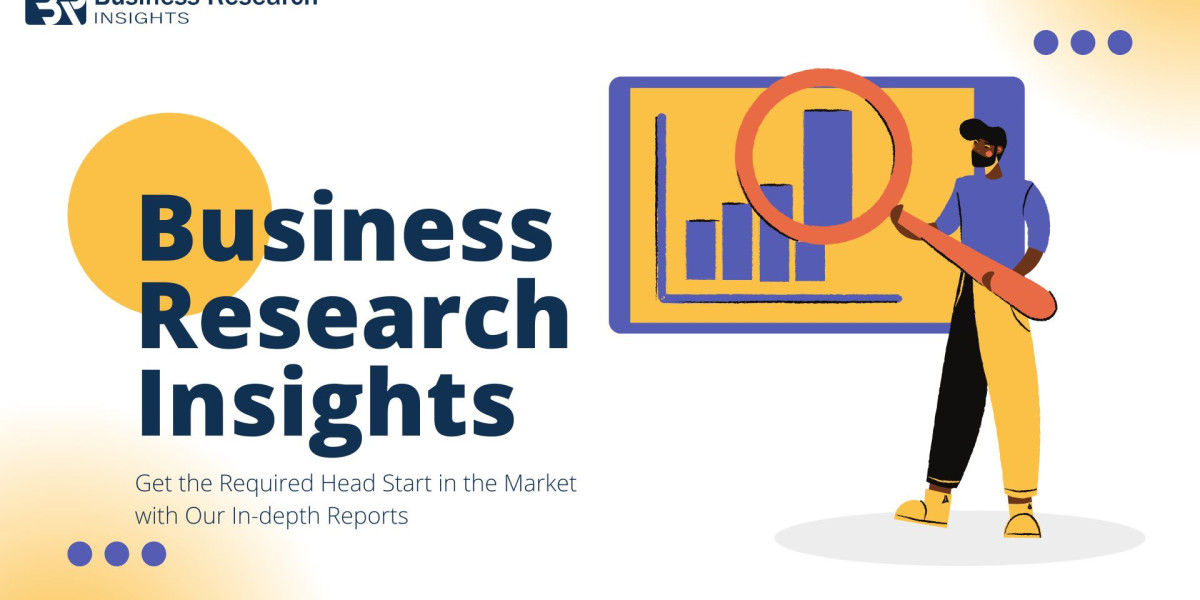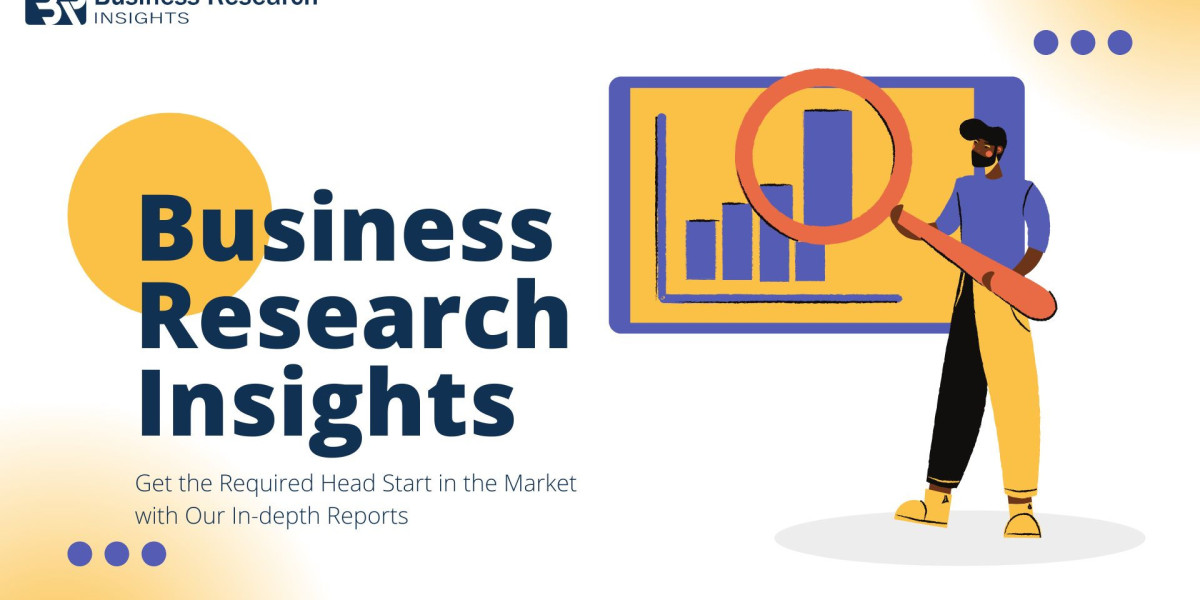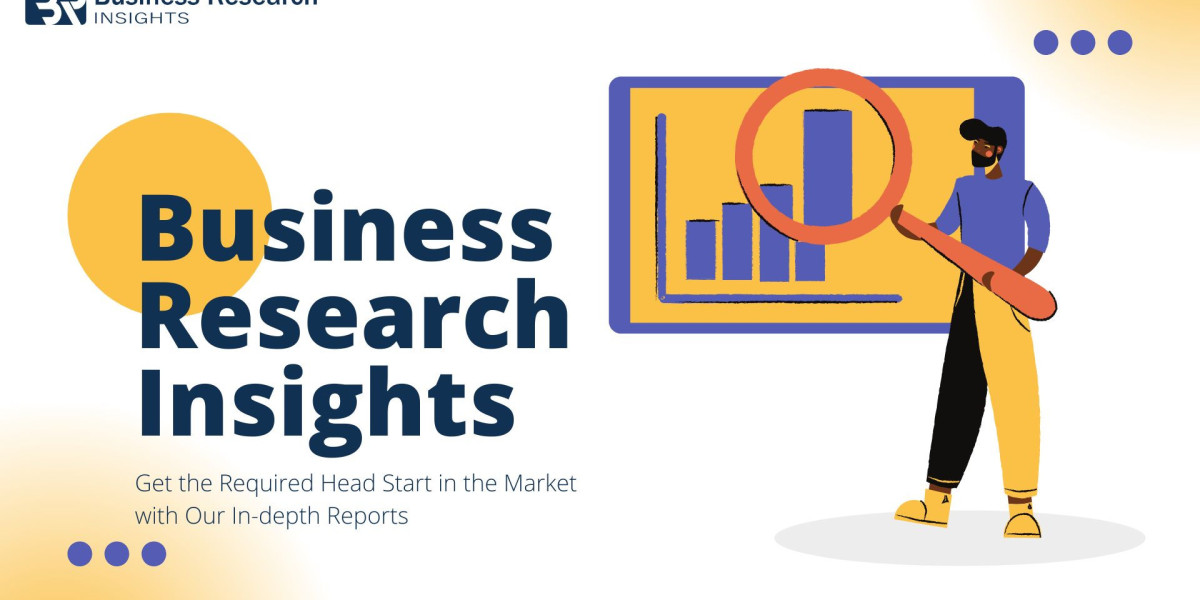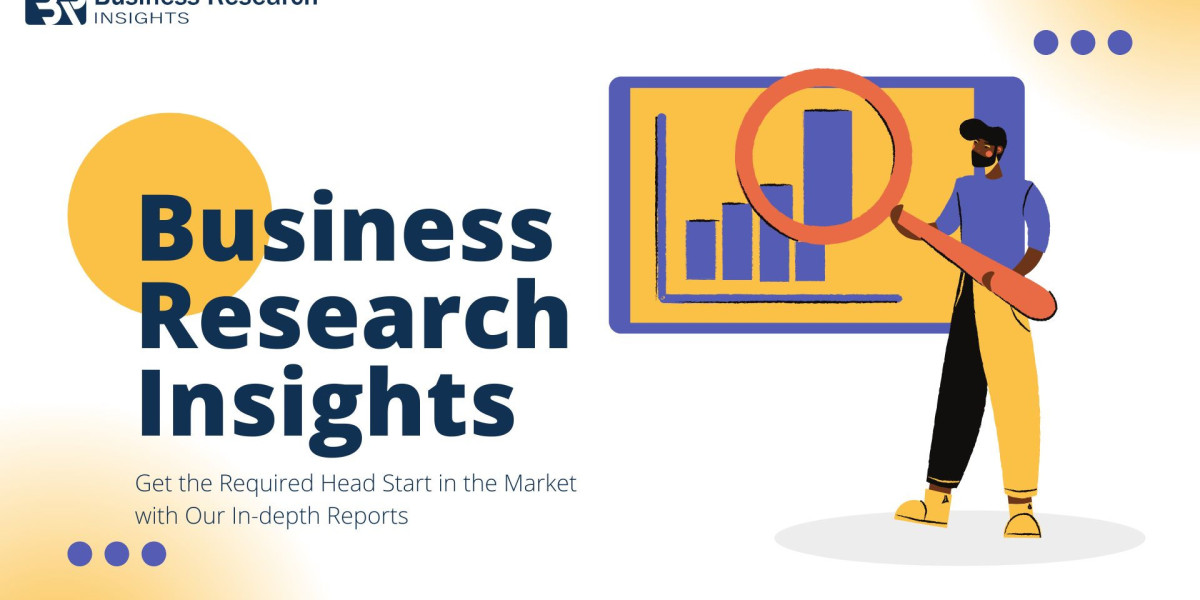Effective pharmaceutical supply chain management (PSCM) is crucial in ensuring that medications are safe, effective, and readily available to those who need them. It involves a complex network of activities and players, each contributing to the seamless flow of pharmaceutical products from raw materials to end-users. This blog delves into the daily operations, challenges, and future plans in the realm of PSCM.
Sourcing and Procurement
The first step in the PSCM process is sourcing and procurement. This involves selecting reliable suppliers for active pharmaceutical ingredients (APIs), excipients, and packaging materials. Quality assurance is paramount, requiring rigorous audits and certifications to ensure compliance with industry standards. Cost management is also a critical factor, where negotiating contracts helps achieve a balance between affordability and quality.
Daily Activities:
- Supplier Performance Review: Regular reviews are conducted to assess delivery times, quality of materials, and cost-effectiveness. For instance, on June 1, 2024, a review highlighted two suppliers with consistent delivery delays, prompting planned follow-up meetings to address these issues.
- Quality Audits: Remote audits are performed to ensure suppliers meet stringent quality standards. An audit on June 1, 2024, revealed minor non-compliance issues with a key API supplier, which will be further scrutinized by the quality control team.
Manufacturing
Manufacturing is at the heart of the pharmaceutical supply chain. It involves meticulous production planning, quality control, and strict adherence to regulatory requirements. Every batch of medication produced must undergo rigorous testing to ensure it meets safety and efficacy standards.
Daily Activities:
- Production Completion: On June 2, 2024, Batch 2345 of Medication X was completed and sent to the quality control lab for testing. This step ensures that only the highest quality products reach the market.
- Regulatory Updates: Keeping up with regulatory changes is essential. For example, on June 3, 2024, new FDA guidelines on labeling were reviewed, and the compliance team was tasked with updating labels by the end of the month.
Distribution and Logistics
Effective distribution and logistics ensure that medications are delivered timely and safely. This includes inventory management, transportation coordination, and cold chain management for temperature-sensitive products.
Daily Activities:
- Logistics Coordination: Addressing shipment delays is a common challenge. On June 3, 2024, a delay due to customs hold-up was resolved by arranging an expedited shipment.
- Cold Chain Management: Ensuring the integrity of temperature-sensitive products is critical. On June 4, 2024, a temperature excursion was noted in a vaccine shipment, leading to an investigation and quarantine of the affected batch.
Retail and Pharmacy Distribution
The final step in the supply chain is getting the medications to the end-users. This involves efficient order fulfillment, pharmacovigilance, and strong customer relationship management (CRM).
Daily Activities:
- Customer Feedback: On June 4, 2024, positive feedback was received from a major hospital regarding the prompt delivery and quality of a recent order. This highlights the importance of maintaining strong relationships with healthcare providers.
- Technology Upgrade: Implementing advanced inventory management software helps streamline operations. On June 5, 2024, a new software system was installed, with staff training sessions scheduled to ensure smooth adoption.
Overcoming Challenges
Pharmaceutical supply chain management is not without its challenges. Supply disruptions, regulatory changes, and ensuring cold chain integrity are ongoing issues. Solutions include diversifying supplier bases, establishing dedicated regulatory teams, and investing in advanced temperature monitoring systems.
Future Plans
Looking ahead, the focus will be on sustainability, digital transformation, and expanding distribution networks to underserved regions. Initiatives such as exploring eco-friendly packaging options and leveraging AI for demand forecasting are on the horizon.
Conclusion
Effective pharmaceutical supply chain management is critical to ensuring the availability of safe and effective medications. Through continuous improvement in processes, adherence to regulations, and leveraging technology, PSCM can overcome challenges and achieve excellence. Keeping a detailed log of daily activities helps in identifying areas for improvement and celebrating successes, ensuring that the supply chain remains robust and responsive to the needs of patients worldwide.


